Japanese academia is facing many problems - An issue that is widely recognized. A country's research capabilities can be measured by the number of papers published and citations of them. The longstanding consensus is that Japan's research capabilities have been declining. Researchers are voicing their distress over inadequate funding and difficulties in finding enough time to conduct their research. However, if we take a step back, we see that these problems are not limited to Japan. Researchers in many countries share common issues that need to be addressed. An international conference was held on February 3, 2025, to discuss structural problems facing academia. Researchers from around the world gathered to present their countries' perspectives.
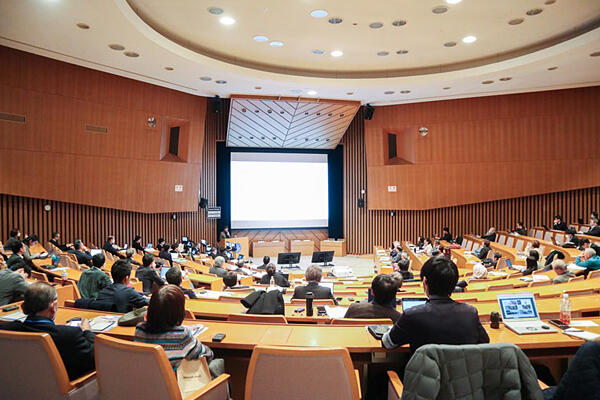
More than 570 participants from 25 countries take part in event organized by the Young Academy of Japan
The International Conference on Science and Technology for Sustainability has been held almost every year since 2003 by the Science Council of Japan. This year's conference was titled "Ecosystem for Sustainable Innovation: Toward Sustainable Science and Society in 2040." The event was primarily organized by members of the Science Council of Japan's "Young Academy of Japan." This is a group of researchers under the age of 45 years. In September 2023, the Young Academy of Japan compiled a report called Advisory Opinion. It was titled The Outlook for Science and Society in 2040: Ten Critical Issues (hereinbelow, "10 issues"). The conference agenda was structured around this report.
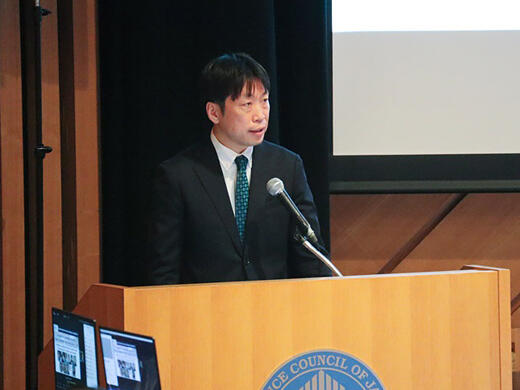
The half-day program consisted of four keynote speeches and a panel discussion. Invited speakers came from India, Australia, South Korea, China, Singapore, and Canada. There were also speakers from Japanese industry and an international organization (UNESCO). Over 570 people from 25 countries, including viewers online, watched the event.

Provided by the Science Council of Japan's Young Academy of Japan
The detailed program and lectures are available on the Science Council of Japan website. Here, the author focuses on some key points from their perspective.
10 issues common to all countries
The first keynote speech was given by Dr. Ryuma Shineha. Shineha is Vice-Chair, Young Academy of Japan and an Associate Professor at Osaka University. His speech outlined the 10 issues. The report identified a large number of structural problems that hinder innovation creation, as listed below.
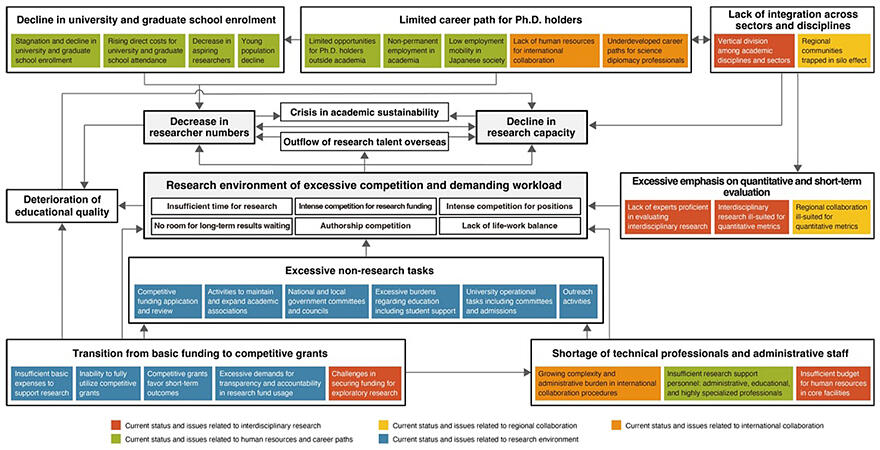
Provided by the Science Council of Japan's Young Academy of Japan
What is important about this list is that each of the items given as impediments to innovation creation forms a feedback loop. That is, they are both causes and outcomes of the issue (such as "decrease in the number of researchers" and "increase in non-research work"). The opinion paper summarized these intertwined issues into "10 issues" and recommended steps to resolve them. Among other things, Shineha emphasized the need to value cross-disciplinary research and regional tie-ups. He spoke about the importance of promoting interactions between sectors. He also discussed the need to change the current situation, in which even university education depends on external competitive funding.
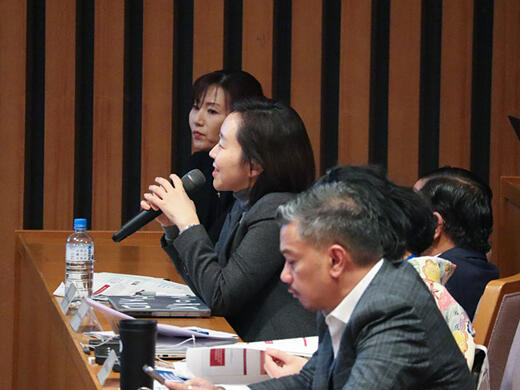
The next speaker was Audrey Moores, a professor in the Department of Chemistry at McGill University in Canada. She noted that lack of research time, career continuity, and work-life balance are major issues in her country too. She added, "If this issue is addressed by one country alone, it will lead to a 'tragedy of the commons' that will result in a scramble for talent. So, it is important that countries cooperate in taking measures to address these issues.
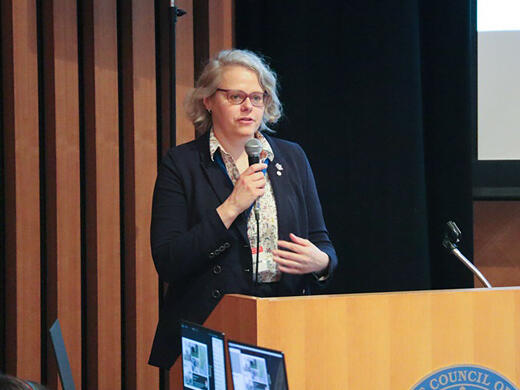
More PhDs, but many challenges in China
The conference heard reports from various countries. One of the most impressive reports was given by Dr. Kun Tang. Tang is an Associate Professor at Tsinghua University, China. His report was a quantitative comparison of the research environment in Japan and China. According to Tang, the number of PhDs in China is increasing, unlike Japan. However, the ratio of PhDs to the population remains low, at approximately 1,800 per million people. In Japan, the ratio is approximately 5,600 per million. Tang also said that new PhDs face a difficult choice between academic and non-academic jobs due to a variety of factors.
Furthermore, strong incentives for researchers to write papers in China have been put in place. This has resulted in the number of papers exceeding that of the U.S. However, it has not necessarily led to innovation. The government is aware of many of these issues and is taking steps to address them. However, some researchers seem to be over-adapting to the newly established evaluation metrics.

Content courtesy of the Science Council of Japan's Young Academy of Japan
In closing, Tang emphasized the importance of stakeholders around the world working together to give a voice to young researchers. This is important to improve the research environment, including in China.
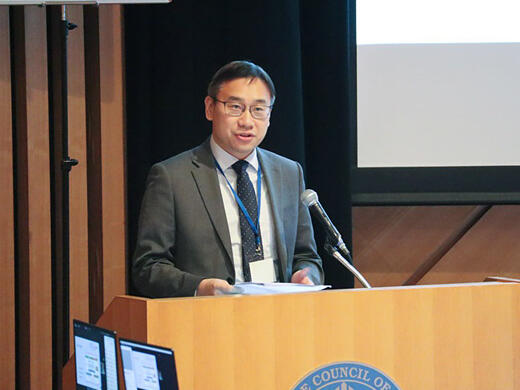
Innovations that have more than economic value
The day's discussions were based on the premise that "Innovation is born when researchers demonstrate their strengths in their research." But the question is, what kind of innovation should we be aiming for? Fabien Medvecky, Associate Professor at the Australian National University, stressed the need to return to this question.
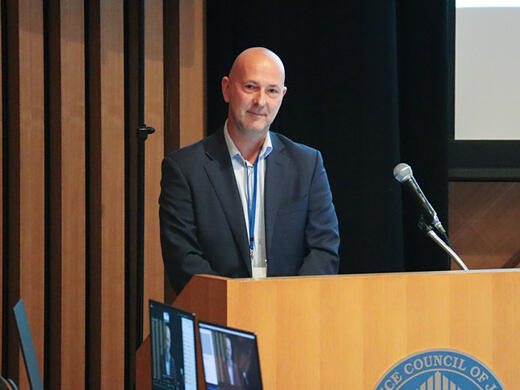
Innovation is generally associated with the creation of economic value, but there is more to it than that. There is also "frugal innovation," which encourages the widespread adoption of technologies by making them simpler and less costly. Then there is "social innovation," which emphasizes social value over economic value. Medvecky highlighted that setting scientific goals such as "contributing to GDP" leads to a research environment where failure is not tolerated. Researchers are required to display constant productivity to survive. One of the event's main points of discussion was how to create a common understanding with non-academics regarding the value of diverse innovations.
The barriers between academia and industry are not too high
The panel discussion also provided perspectives from industry. One contributor was Dr. Mayu Yoshikawa of ARCH Venture Partners, a U.S. venture capital firm. Yoshikawa has a background in molecular biology and is involved in startup management and investment. She works with the aim of applying academic expertise to social issues. Yoshikawa discussed the importance of management and financial support for startups. This support is needed to prevent them from failing for reasons other than research. She then pointed out the "parochialism (called Galapagos syndrome locally)" of Japanese startups, in which researchers, investors, and managers are all Japanese. She emphasized the need to get out of the Japanese silo.
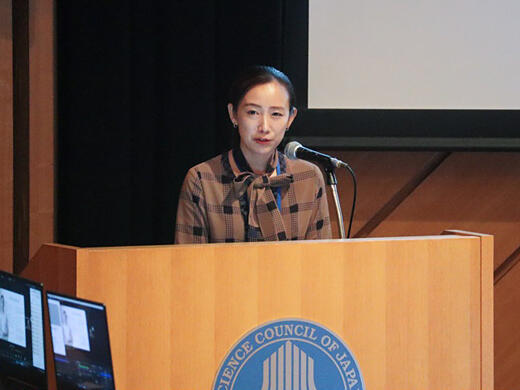
Another panelist was Ms. Mari Inoue of mercari R4D, the research and development branch of Mercari. Inoue introduced the fundamental research that the organization is engaged in, including work in the humanities and social sciences. She also discussed their PhD support program. Industry-like initiatives that Inoue discussed attracted a lot of attention. These included flexible employment arrangements to support diverse career paths. A personnel exchange system is also being run in collaboration with Osaka University. These examples left a strong impression on the participants. It appears that the barriers between academia and industry are sometimes not as high as one might think.
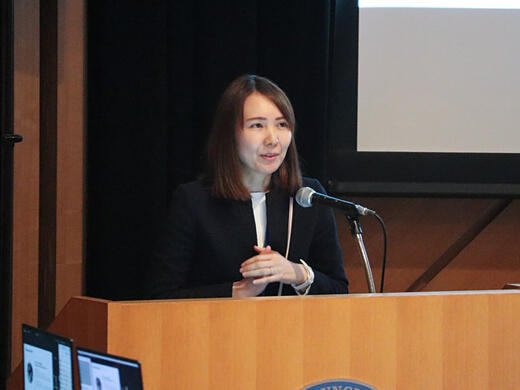
Great significance for international exchange among researchers
The speakers emphasized slightly different points depending on their country and sector. However, the conference seemed to have a general consensus on the current situation in regard to the 10 major issues facing researchers. Therefore, I asked the following question at the end of the panel discussion, even though I knew it would be difficult to answer:
"I think we all agree about the structural problems researchers face and the steps that need to be taken. Recently, however, geopolitical tensions have been rising worldwide. Researchers are under increasing pressure to innovate economically. Under these circumstances, how can we share the ideas that we have discussed today with people outside academia?"
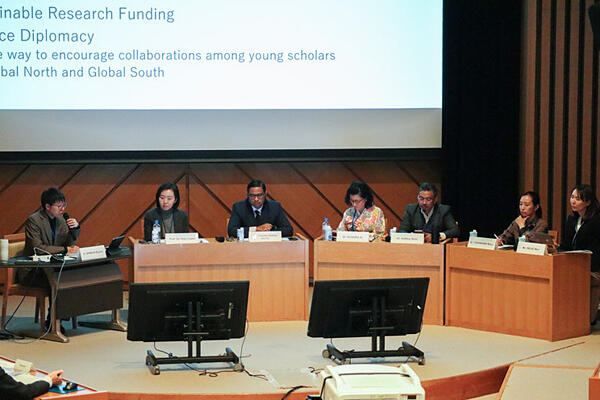
One response came from Professor Chandra Shekhar Sharma. Sharma is Co-Chair of the Global Young Academy (GYA) and a professor at the Indian Institute of Technology, Hyderabad. He noted the need for science communication. In addition, "science and technology diplomacy" is especially important. Science and technology diplomacy is a concept that includes a variety of international exchanges related to science and academia. Diplomacy between government officials such as diplomats is important. But it is also important to realize science and technology diplomacy through exchanges between scientists. The GYA works to unite the voices of younger scientists while collaborating with young academies in various countries. It truly is one of the main organizations for researcher-led science and technology diplomacy.
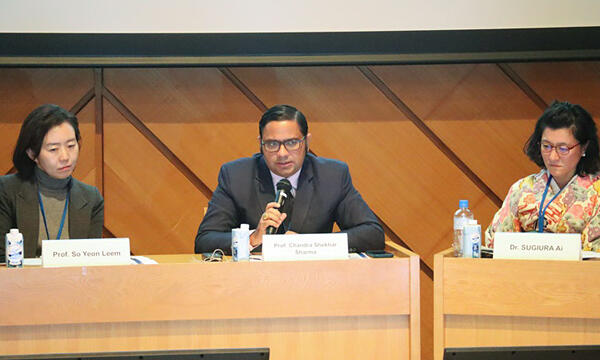
In fact, one of the recommendations of the "10 issues" is "establishing career paths in science diplomacy." Researchers participate in international conferences. They contribute to discussions on creating rules related to science and technology. They create international networks among researchers. Such activities are highly important as a form of "diplomacy."
The author commented that this conference in itself was a great example of science and technology diplomacy. Science Council of Japan members ran this event with speakers from many countries. All of these people are researchers with their own specialist fields. All of them are educators who teach at universities and other institutions daily. This event was prepared and conducted by these researchers as extra work apart from their main tasks. A total of 570 people attended the conference. I felt a strong desire to spread the word about their work. These researchers are committed to international exchange and contributing to academia—and ultimately to society.
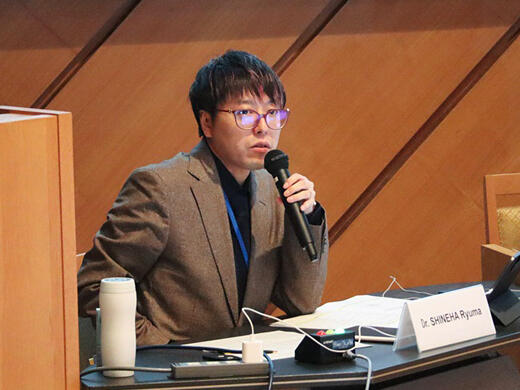
The issue of work-life balance: Conference features creche in a first for the Science Council of Japan
One of the main themes of the day was "work-life balance for researchers." Academia still values hard work. Progress is often held back by gender and family situations that prevent researchers from continuing their careers.
This was the first international conference organized by the Science Council of Japan to have a creche. Several participants, including speakers, came with their children. Some commented, "It was a small step but a groundbreaking one." Without the creche, some participants would not have been able to join the discussions.
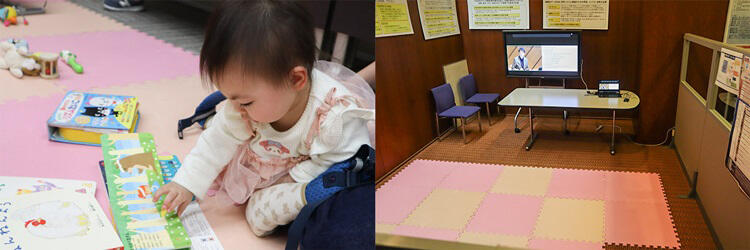
A forum for discussion is open to all
The author got a sense of shared trust and confidence among the speakers who came from different countries to join in this event. This was partly due to their shared vision of improving academia. It was also because of the efforts of the Young Academy of Japan members in building an international network of researchers. Their work deserves great appreciation. Let us hope that discussions like these, that are open to all and international in scope, will continue in the future. They offer a pathway toward a world in which researchers can thrive and continue to create innovation.
(MARUYAMA Ryuichi / Freelance Writer)
Original article was provided by the Science Portal and has been translated by Science Japan.




